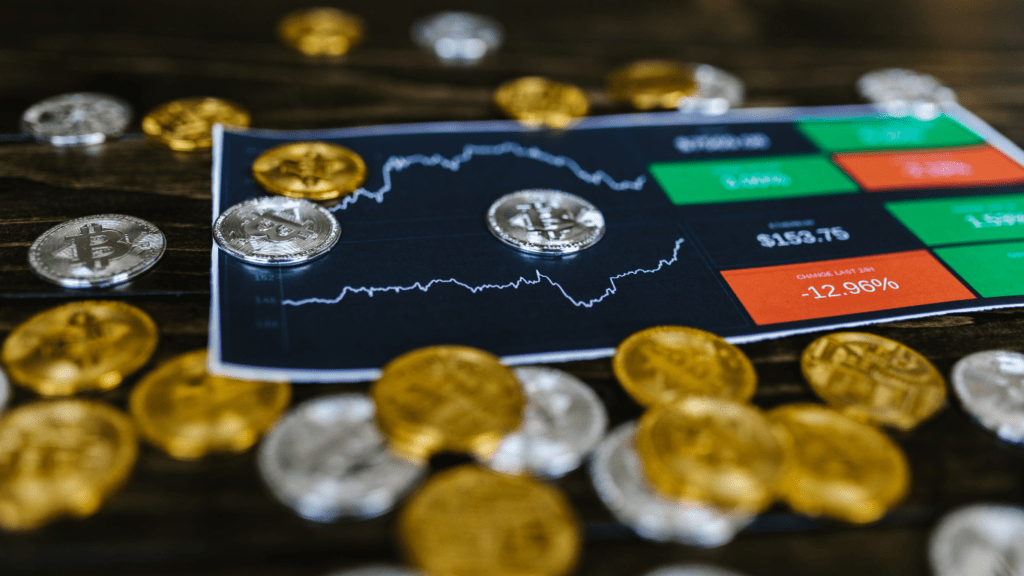Cryptocurrency derivatives have revolutionized the way traders engage with digital assets. As someone deeply entrenched in the world of crypto trading, I’ve witnessed firsthand the impact derivatives have had on market dynamics. In this article, I’ll delve into the intricacies of understanding and trading with crypto derivatives, providing insights that can help both novice and experienced traders navigate this complex yet rewarding landscape.
Navigating the world of crypto derivatives requires a blend of market knowledge, risk management skills, and a keen eye for emerging trends. From futures and options to swaps and perpetual contracts, the range of derivative products in the crypto space can be overwhelming. However, with the right strategies and a solid understanding of how these instruments work, traders can leverage derivatives to enhance their portfolios and capitalize on market opportunities.
Overview of Crypto Derivatives
I’ll provide a concise overview of crypto derivatives and the various types available in the market.
What Are Crypto Derivatives?
Crypto derivatives are financial contracts that derive their value from an underlying cryptocurrency asset. These derivatives allow traders to speculate on the price movements of cryptocurrencies without owning the actual assets. Examples of crypto derivatives include futures, options, swaps, and perpetual contracts.
Types of Crypto Derivatives
There are several types of crypto derivatives that traders can utilize to manage risk and enhance their trading strategies. Some common types include:
- Futures Contracts: These agreements obligate traders to buy or sell a cryptocurrency at a predetermined price on a future date.
- Options Contracts: Options give traders the right, but not the obligation, to buy or sell a cryptocurrency at a specified price within a set time frame.
- Swaps: Crypto swaps involve the exchange of cash flows based on the price movements of cryptocurrencies without transferring ownership of the underlying assets.
- Perpetual Contracts: Perpetual contracts are similar to futures contracts but do not have an expiry date, allowing traders to hold positions indefinitely.
Understanding the different types of crypto derivatives is essential for traders looking to diversify their portfolios and capitalize on opportunities in the dynamic crypto markets.
Advantages of Trading Crypto Derivatives
Trading crypto derivatives offers numerous advantages that can enhance a trader’s portfolio and strategies. With leverage trading…
Leverage Trading
Leverage trading in crypto derivatives allows traders to amplify their positions in the market with borrowed funds. It enables me to magnify potential profits compared to traditional spot trading. By utilizing leverage, I can manage larger positions with a smaller capital outlay, increasing my exposure to the market movements.
Hedging Opportunities
Crypto derivatives provide hedging opportunities that can help me mitigate the risks associated with volatile price fluctuations. Through options and futures contracts, I can protect my portfolio from adverse market movements by taking offsetting positions. Hedging with derivatives allows me to secure prices at a specific level, reducing the impact of market uncertainties on my overall trading performance.
How to Start Trading Crypto Derivatives
When starting to trade crypto derivatives, it’s essential to choose the right exchange and implement sound risk management strategies. Here’s how I approach these crucial aspects of trading:
Choosing the Right Exchange
I start by researching and comparing different exchanges to find one that aligns with my trading goals and preferences. Factors like security, trading fees, leverage options, and available derivative products play a significant role in my decision-making process.
Risk Management Strategies

In trading crypto derivatives, I prioritize risk management to protect my capital and optimize returns. I diversify my portfolio, set stop-loss orders, and avoid overleveraging to minimize potential losses. Additionally, staying informed about market trends and using risk hedging tools help me navigate the volatile crypto markets effectively.
Regulatory Landscape for Crypto Derivatives
Understanding Legal Frameworks
As a trader navigating the world of crypto derivatives, it’s vital to grasp the legal frameworks governing these financial instruments. Regulations vary globally, impacting the availability and legality of different derivative products. Staying informed about the legal landscape in your jurisdiction is crucial to ensure compliance and mitigate risks associated with trading crypto derivatives.
Impact of Regulations on Trading
Regulations play a significant role in shaping the trading environment for crypto derivatives. They can affect market liquidity, investment choices, and overall trading conditions. Understanding how regulations impact trading can help traders make informed decisions, adapt to changing market dynamics, and navigate the complexities of the crypto derivative space effectively. Stay aware of regulatory updates and compliance requirements to trade crypto derivatives with confidence and success.
About the author
Dean Young
Dean Young serves as the Senior Crypto Analyst at Fortify Crypto Haven, where he brings his extensive expertise in cryptocurrency markets and blockchain technology to the forefront. With a background in financial analysis and a keen interest in digital currencies, Dean plays a pivotal role in delivering in-depth market insights and strategic trading advice to Fortify Crypto Haven’s audience. Dean’s analytical skills and thorough understanding of crypto trends enable him to provide readers with clear, actionable information.


